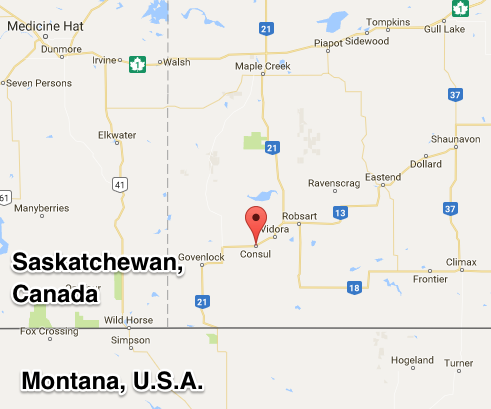North West Irrigation Act
The federal government took ownership of the waters of western Canada and regulated its use with the passage of North West Irrigation Act in 1894. This legislation established a license system for those individuals, corporations and municipalities wishing to use the water for any purpose. The acquisition of a license required the submission of a memorial describing the irrigation system along with a plan. Upon the approval of this plan, its construction was authorized and a specific time given for its completion. Extensions were permitted if unavoidable difficulties were encountered. The authorization indicated the amount of water to be diverted and the stage of the river at which used. A license was issued upon the completion of the system as originally proposed or as modified. The license was given a number based on the date of the original application. This number indicated the holder’s priority in the access to water on that particular water course. The administration of the North West Irrigation Act was temporarily transferred to the Territorial Government between 1896 and 1905. Following the creation of Alberta and Saskatchewan in 1905, the Federal Government resumed the administration of the North West Irrigation Act through to 1930.

